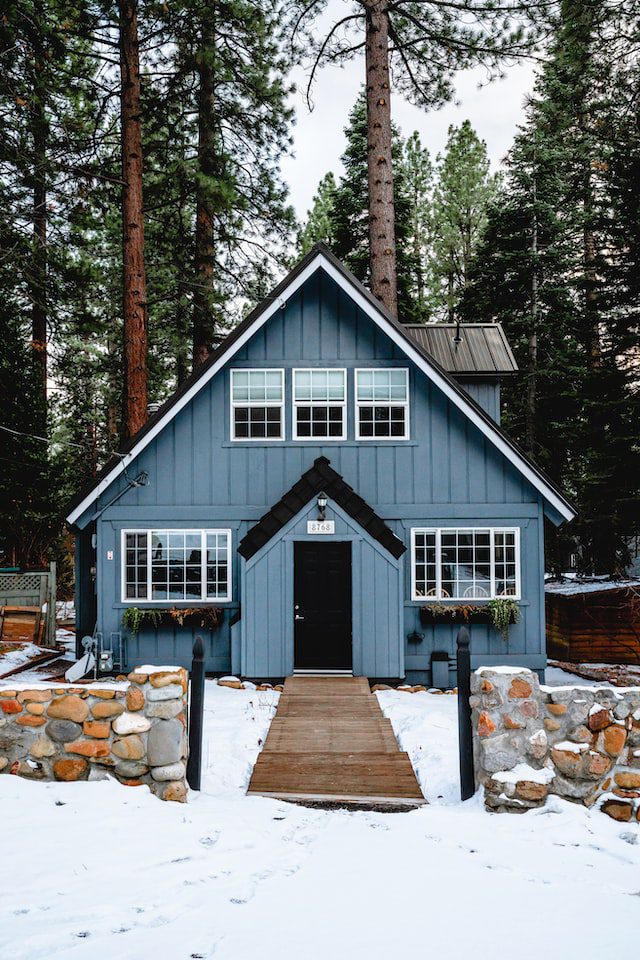Injuries can happen anytime, from falls and scrapes to cuts and burns, and they require quick care and management to prevent irreconcilable damage. Therefore, it’s essential for you to always have your very own first aid kit at home. Although you can find a ready-made one, it’s better to create one from scratch according to your needs.
Since coronavirus variants keep emerging every now and then, you should buy rapid antigen test for fast and easy diagnosis. In addition, you should purchase basic pain relievers and cold medicines from your nearest pharmacy, such as Harris Teeter.
If you’re interested in creating your home first aid kit, here are the 5 best tips you need to follow!
Tip #1: Consider Your Family’s Size
Of course, a bigger family requires a higher stock. Therefore, you need to purchase essentials accordingly. You also need to consider if there are any children or pets in your home, since you will have to purchase relevant-sized (or relevant) items suitably.
Once you have stocked up on essentials, you must keep an eye on their expiry dates. You may have to replenish the items annually to ensure you have them with you in times of need.
Tip #2: Pick a Good Container
You can buy a translucent plastic container to view the contents inside in a cinch. If you’re looking for a large-sized option, you can go for a backpack or a Duffel bag.
No matter what you opt for, you should ensure that the container has a handle for added portability. You should also consider if there are dividers inside them. If not, you can purchase on your own to make organization easier.
Labeling the container or bag with “FIRST AID KIT” will help all family members in identification.
Tip #3: Stock Your Kit
You should stock up your kit with essentials. Starting off with bandages is a great idea since scrapes and cuts are common issues. Make sure to have all sizes and types of bandages to make application easier for varying purposes.
Basic medical tools like scissors, non-latex gloves, cotton balls, and cleansing wipes should be stored in a zipped bag. Likewise, medications such as antihistamines, calamine lotion, and antacids should also be kept separately in the kit with proper labeling so no one has to rummage.
Tip #4: Make Your Kit Safely Accessible
If you have kids in your home, it’s better to keep the first aid kit in a high place, such as a shelf. However, you can still inform them about where the kit is, so they can tell others (visitors or babysitters) in emergency situations.
The rest of the family members must also know about the kit’s location. You must keep it in an accessible place and assign that particular area to the kit. Everyone should return the kit to the same place for easy access at all times.
Tip #5: Teach Your Family About the Kit
Creating a kit is not enough. You must also know how to use the items in it safely and effectively. If one person in the home knows the usage of items in the kit, they should educate everyone at home.
Otherwise, you can easily look up a “first aid instruction booklet” on Google and go through it to understand better.







